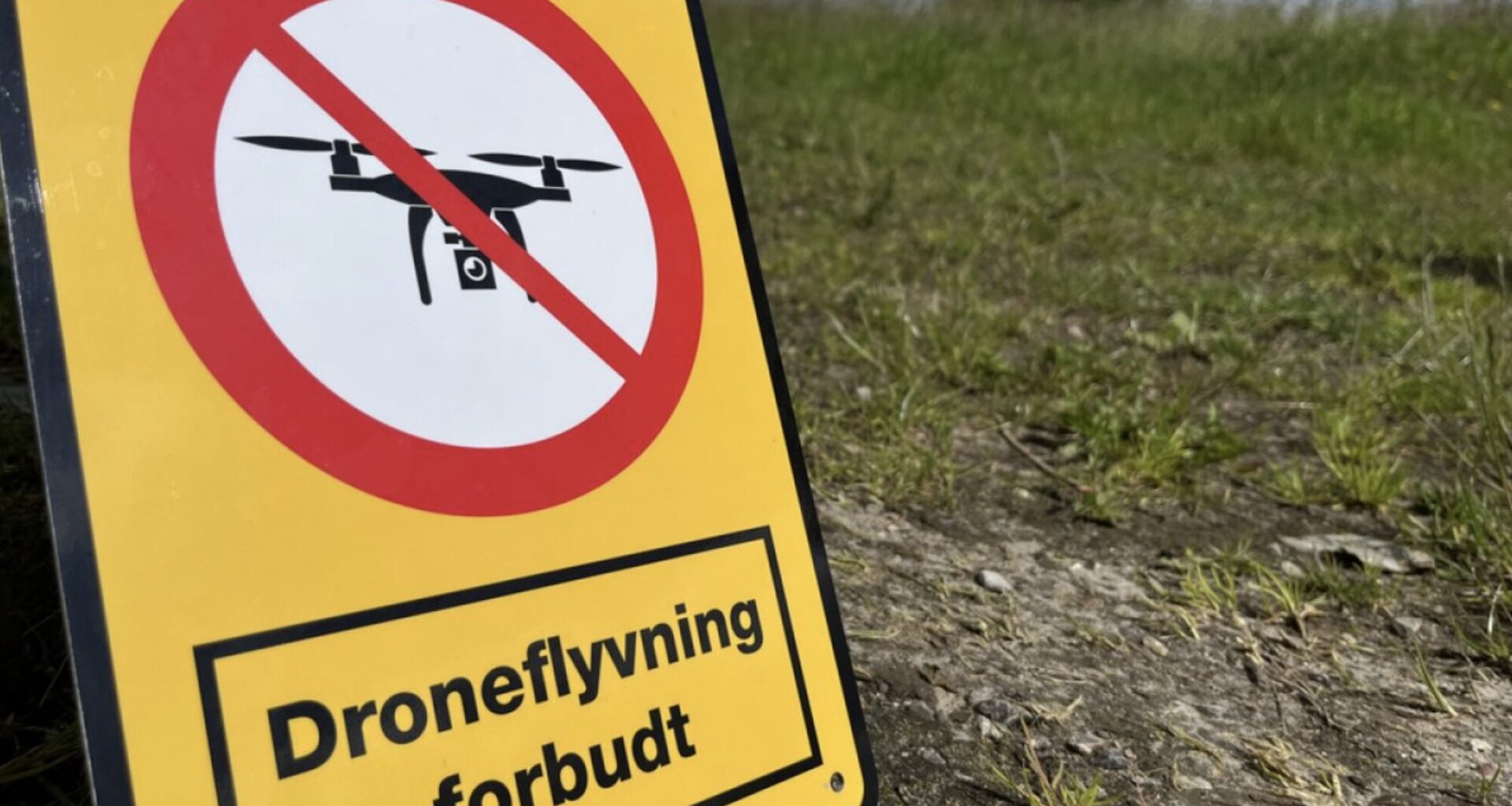Denmark has ordered an unprecedented five-day ban on all civilian drone flights following a week of mysterious drone sightings over military bases and airports that authorities are calling a “hybrid attack,” according to Reuters.
The prohibition, which runs from September 30 through October 4, marks one of Europe’s most dramatic responses to what security officials suspect is coordinated hostile drone activity. The ban comes as Denmark prepares to host European Union leaders for critical defense and Ukraine strategy summits, with Prime Minister Mette Frederiksen suggesting Russian involvement while the Kremlin denies responsibility.
For the drone community, this incident underscores the growing tension between recreational and commercial drone use and national security concerns—a dynamic that could reshape airspace regulations across Europe and beyond.
What’s Behind the Ban
The Danish military reported fresh drone sightings at multiple military facilities overnight on September 27-28, following a chaotic week that saw Copenhagen Airport—Northern Europe’s busiest—shut down for nearly four hours on September 22. Five additional airports, both civilian and military, were temporarily closed in subsequent days as unidentified drones continued to appear.
Danish Transport Minister Thomas Danielsen explained the ban aims to “remove the risk that enemy drones can be confused with legal drones and vice versa.” Violations carry serious consequences: fines or imprisonment for up to two years. The prohibition exempts military drones, police and emergency services, and municipal health operations.
The Danish Defence Ministry deployed “several capacities” in response but declined to specify countermeasures, reflecting the sensitive nature of counter-drone operations.
International Response and Security Concerns
NATO has significantly escalated its Baltic Sea presence in response. The alliance’s “Baltic Sentry” mission, originally launched in January 2025 to protect undersea infrastructure, now includes enhanced surveillance with the German air defense frigate FGS Hamburg stationed in Copenhagen. Germany is also providing Counter-small Unmanned Aircraft Systems (C-sUAS) with radar, optical, and acoustic detection capabilities.
Sweden pledged anti-drone systems, while Ukrainian military personnel traveled to Denmark to share counter-drone expertise—an ironic twist given Ukraine’s extensive experience defending against Russian drone attacks.
The incidents fit into a broader pattern of drone incursions across NATO’s eastern flank, including violations of Polish and Romanian airspace. Justice Minister Peter Hummelgaard stated the flyovers aim to “sow fear and division,” adding that Denmark is considering legislation allowing infrastructure owners to shoot down threatening drones.
Implications for Drone Operators
The Danish response demonstrates how quickly national authorities can implement sweeping airspace restrictions when security threats emerge. The five-day ban effectively grounds all commercial drone operations, aerial photography businesses, inspection services, and recreational flying—showing how vulnerable the drone industry remains to sudden regulatory changes.
The crisis also highlights the challenge of distinguishing between legitimate and hostile drone activity, particularly as consumer drones become increasingly sophisticated and difficult to detect.
DroneXL’s Take
This situation raises uncomfortable questions for the global drone community. If a handful of hostile drone flights can trigger nationwide bans, what does that mean for the industry’s long-term viability in security-conscious regions?
Denmark’s response—though justified given the circumstances—shows how easily drone operations can be painted with a broad brush. The proposed legislation allowing infrastructure owners to shoot down drones is particularly concerning, as it could create a patchwork of no-fly zones enforced through potentially dangerous means.
The incident also exposes gaps in counter-drone technology. Despite billions invested in detection and mitigation systems, these drones operated with apparent impunity for days before authorities resorted to blanket bans.
As NATO bolsters its posture and more countries experience similar incidents, drone operators worldwide should prepare for stricter regulations, enhanced enforcement, and potentially more frequent temporary flight restrictions. The Denmark crisis might be a preview of the new normal.
What’s your take? Should civilian drone bans be a standard response to security threats, or are there better approaches? Share your thoughts in the comments below.
Discover more from DroneXL.co
Subscribe to get the latest posts sent to your email.
